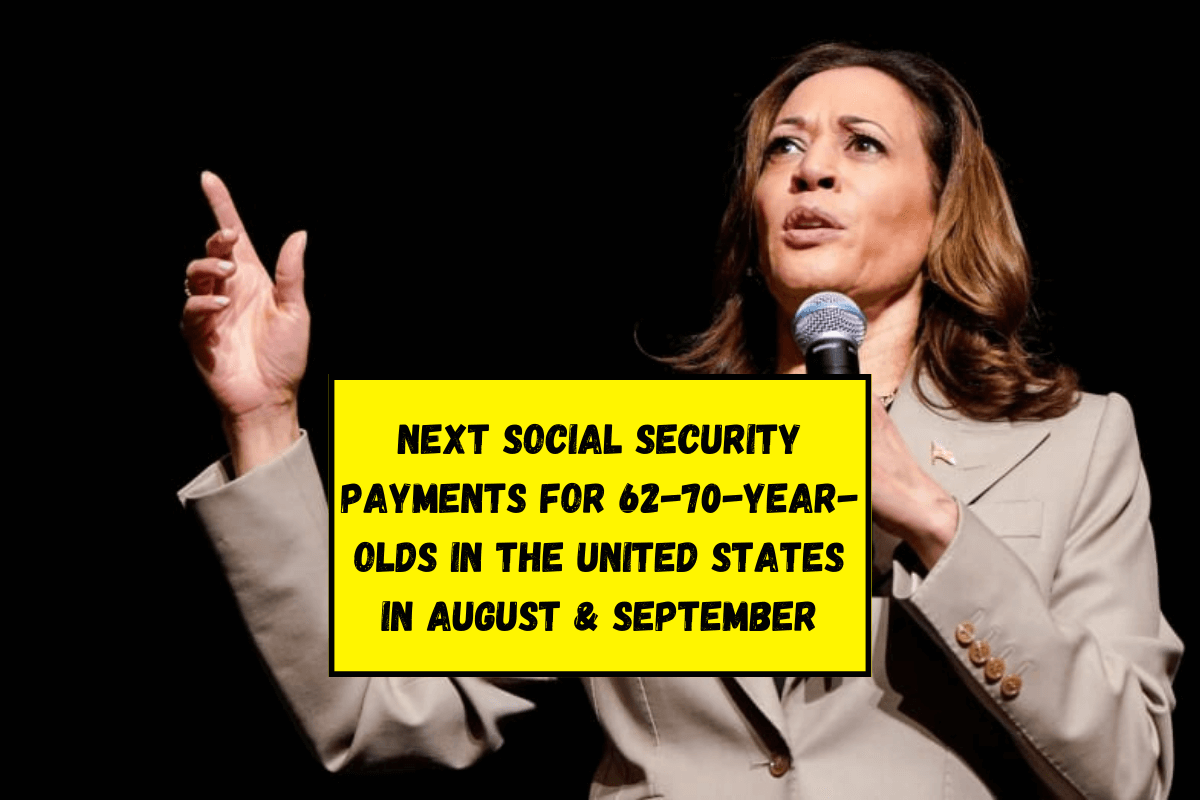The possible expansion of the Child Tax Credit has become a very important topic in the current presidential race in the United States. Vice President Kamala Harris and Donald Trump’s running mate JD Vance have both put forward plans to change this credit, but they do so in different ways and with different goals.
A tax credit called the Child Tax Credit helps families with young children by giving them extra money. During the COVID-19 pandemic, this credit was briefly raised to $3,600 per child. This helped a lot of families pay their basic bills during a time when the economy was very uncertain.
What the child tax credit is and why it matters
The government says that this increase helped 2 million children get out of poverty by giving their families more money for things like food and child care. But this increase didn’t last long. By the end of 2021, the credit went back to its old amount of $2,000 per child. The Child Tax Credit has not returned to the amounts of help it provided during the health crisis, even though the prices of basic goods and services have continued to rise.
The economic impact of childcare on families
The high cost of child care is one of the hardest things for families with young children. Prices for preschools and daycares have gone up by 263% between 1990 and April 2024, according to a new study from KPMG. This big rise has put a big strain on family budgets, which makes the Child Tax Credit even more important for helping families deal with these rising costs.
In response to this reality, both Harris and Vance have proposed new measures to expand the CTC, though their approaches and the figures they suggest are quite different.
JD Vance’s proposal: an unrestricted income approach
JD Vance has come up with a plan to raise the Child Tax Credit to $5,000 per child. One important part of his plan is to get rid of income limits so that all families, no matter how much money they make, can get the credit. The goal of this method is to make the CTC more useful by helping more families in more meaningful ways.
But Vance’s idea has caused a lot of discussion because many politicians are worried that getting rid of income limits will cost the government a lot of money. Even though these things are worrying, Vance explains his idea by saying that giving more economic help could help families and, in the long run, the whole country’s economy.

Kamala Harris’s plan: a targeted and tiered credit
Kamala Harris, on the other hand, wants to expand the Child Tax Credit in a different way. In her plan, the credit would be raised to $6,000 per child in the first year of life and then to $3,600 per year after that. Harris’s plan is different from Vance’s because it keeps the current income limits. This means that only families making less than $400,000 a year (for couples) or $200,000 a year (for individuals) would be able to get the increased credit.
Harris’s plan is meant to give more help to families in the first few years of a child’s life, which are usually the most expensive for them because of things like diapers, daycare, and other necessities. This more focused method is meant to help families more when they need it most while also keeping the costs of the program low.
Refundability of the credit: a key issue for low-income families
One important thing that neither party has said is clear: will the Child Tax Credit be refundable? For low-income families, who often don’t owe enough in taxes to fully benefit from a non-refundable credit, being able to get their money back is very important. If the credit can be returned, these people could get a direct payment, which would greatly increase the amount of money they get.
Both Harris and Vance haven’t said anything about this issue yet, and what they decide could have a big impact on how well their plans work, especially when it comes to fighting child poverty.
The debate surrounding the expansion of the child tax credit
Increasing the Child Tax Credit has been talked about a lot in recent congressional talks. In fact, the House of Representatives passed a bill that would have brought the credit back to where it was during the pandemic, but the Senate did not pass it. It was said by Republicans that the increase would cost too much, but Democrats said that it could help 400,000 more kids get out of poverty in the first year.
The fact that there is no agreement on expanding the CTC shows how different the two main political groups in the US are in terms of ideas and money. Some people think that expanding the credit is an important investment in the health and happiness of children, while others think that it is too expensive for the state to bear.















Leave a Reply